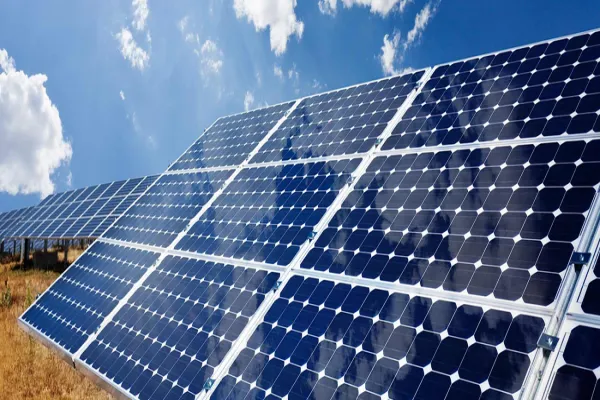i ECONOMY
Pakistan stands at a critical juncture, grappling with economic dependency and the urgent need to foster self-reliance. Experts have emphasized the importance of robust policies that can bridge the gap between savings and investment. Speaking to WealthPK, economic researcher at the Pakistan Institute of Development Economics (PIDE) Dr Ahsan Satti said over the years, Pakistan had heavily depended on external aid, loans, and grants to meet its financial needs. “While these external sources have provided some short-term relief, they have also established a pattern of dependency within the country's economic framework, hindering the nation's ability to achieve self-sufficiency and long-term economic stability,” he added.
To effectively break free from this cycle of dependency, Pakistan must shift its focus towards nurturing a strong domestic economy, he said. This entails prioritizing the initiatives that encourage domestic savings and investment. He further argued that Pakistan's savings rate had been lacklustre compared to its regional counterparts. Factors such as low-income levels, inadequate financial inclusion, and preference for consumption over savings have contributed to this imbalance. “Encouraging savings through targeted policies and incentives is imperative to enhance domestic capital formation. The government should implement policies to control inflation, increase access to financial services, and create more investment opportunities,” he emphasised.
In a conversation with WealthPK, Deputy Executive Director at the Sustainable Development Policy Institute (SDPI) Sajid Amin said, “The coalition government has to face mountainous challenges, including spiralling inflation, massive rupee devaluation, rising fuel prices, and dwindling foreign currency reserves. Some of the major areas in which policy interventions are required include structural reforms, improving the investment climate, and facilitating universal financial inclusion. “Pakistan should focus on targeted investment in critical sectors. Infrastructure, technology, agriculture, and renewable energy are areas that require substantial investment. The policies should align with these priorities,” he said.
Javed further emphasized prioritizing the expansion of tax base. Currently, standing at 10.4 percent, the tax-to-GDP ratio in Pakistan is one of the lowest in Asia. He stressed that persistent low investment stood as a fundamental factor behind Pakistan's years of negative export growth, driven by high consumption and low savings which, in turn, reduced investment.” “So, Pakistan must prioritize the modernization and enhancement of its manufacturing sector, aiming to boost exports for sustainable economic growth and address the current account deficit. This approach involves implementing policies to reduce imports, stimulate exports and remittances, issue bonds in the international markets, attract foreign direct investment, and implement extensive structural reforms,” he stated. According to the World Bank data, investment in Pakistan as a percentage of GDP today stands at only 15.1 percent. The South Asian average is 30 percent, while the lower-middle-income countries have an investment-to-GDP ratio of 28.5 percent.
Credit: Independent News Pakistan (INP)









